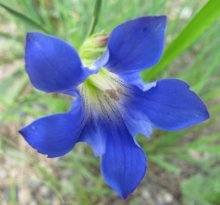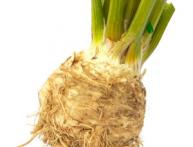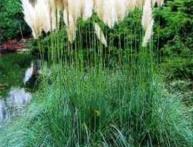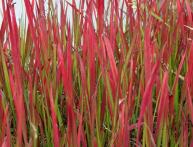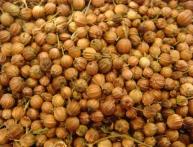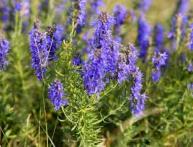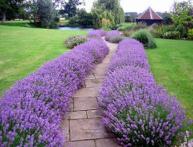Gentian, features of planting and plant care
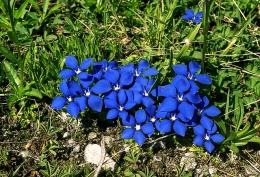
Gentian or gentiana is a beautiful perennial, captivating with its color and beauty. Often on flower beds We plant flowers of different colors and most of them are yellow, red or pink, but I really want to add some blue. It is gentian that is excellent at coping with this task.
In addition to the blue color, gentian has a yellow and white color. Therefore, this option is perfect for those who love gentiana, but do not like the blue color. Let's take a closer look at the most common types of this plant, which are grown in summer cottages and flower beds.
Content:
- Description of types, advantages, features
- Features of cultivation: soil selection, planting, watering, fertilizer
- Benefits and uses of gentian in folk medicine
Description of types, advantages, features
Stemless gentian is a common species. It is a perennial. The stem reaches 7-10 cm in length. The leaves are dark green, elongated. Grows in slightly acidic or neutral soil. The flowers are large, blue or dark blue, five centimeters long. Blooms in warm weather (May-June). Sowing occurs in winter.
This plant can reproduce by seeds, cuttings or dividing the bush. Spring gentian is a perennial plant growing in the mountains. The soil during cultivation should have a pH of 6.6-6.8.
It reproduces in the same way as stemless gentian. Winter-hardy, requires winter insulation. Blooms in June.It blooms with single flowers, one to two centimeters in diameter. The flower is bright blue, less often purple or red. Lanceolate leaf shape.
Gentian milkweed - common in forest edges, meadows and sparse forests. When planting, the soil pH should be 5.1-6.1. Propagated by seeds. Seeds are planted in open ground in winter. Gentian milkweed can withstand frosts down to -28 degrees. The flowering period is July-August. It sometimes reaches a height of up to 1 meter, with an average height of 40-80 cm.
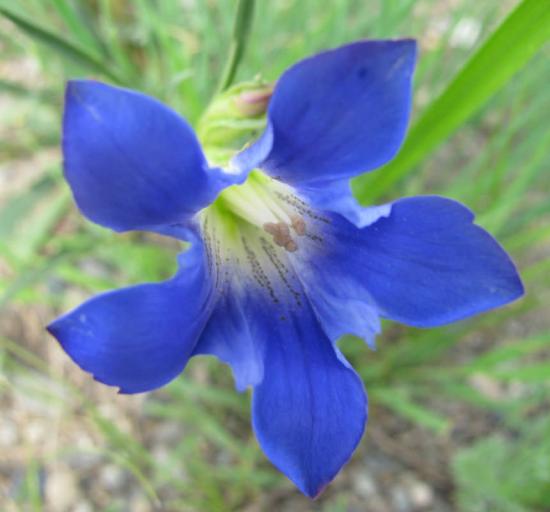
Requires abundant watering, as it is a very moisture-loving flower. The flowers are large, five centimeters long, blue, less common white. Gentian yellow - perennialk, located on subalpine meadows. Requires neutral or slightly acidic soil pH.
Propagated by seeds, planted in the ground in winter. It reaches a height of 100-150 cm. The flowers are large, yellow, 2.5 cm in diameter. The leaves are elliptical. Needs moderate watering, without stagnation of water.
Features of cultivation: soil selection, planting, watering, fertilizer
Previously, growing this plant was a huge task, since it was difficult to choose a planting site with suitable conditions. Nowadays you can easily spot gentiana seedlings in garden stores. You can also find specially prepared soil for individual species, which makes care much easier. Each species requires individual soil acidity.
When watering, take into account the fact that gentian does not like stagnant water and can rot. But watering it should be done regularly, in small quantities. In addition, gentian loves moist air, so it is best to plant it close to water. If the flower is not properly cared for, it may die.We should not forget about fertilizer.
Video about the gentian plant:
Gentian has a positive relationship with rotted manure. If you plant not with seeds, but with seedlings, then you should apply ash to the roots before planting in the ground. You can use specially selected mineral fertilizers in the store and apply them according to the instructions. Propagation of gentian is possible in several ways: layering, cuttings, dividing the bush or seeds.
It is best to do this with seeds, since it does not tolerate reproduction by other means. If you do not propagate by seeds, then you need to do this with great care so as not to damage the plant. Sowing seeds is done in winter. Gentian goes well with other flowers, especially if they are low-growing, such as edelweiss or primrose. Tall varieties combine perfectly with rhododendrons.
Benefits and uses of gentian in folk medicine
Many thousands of years ago, decoctions and infusions of this plant were used to treat various diseases. For example, in Ancient Egypt, diseases of the gastrointestinal tract were treated with a decoction, and in Ancient Rome, an infusion was used for bruises and cramps, and even treated the plague. Gentiana retained its relevance in the Middle Ages.
People treated it for tuberculosis, fever, diarrhea and used it as an anthelmintic drug. In addition to treatment, alcoholic drinks were made from gentian in the Middle Ages. Until now, gentian is valued in the Carpathians. Thanks to its medicinal properties, gentian treats diseases
- gastrointestinal tract
- liver
Gentian decoctions are recommended for gout, rheumatoid arthritis, constipation, and as an antiallergic agent. In folk medicine, this plant is now also used as an appetite enhancer, an anti-inflammatory agent, and a hemostatic agent. Gentian is included in many traditional drugs that are used in the treatment of diseases of the digestive system.
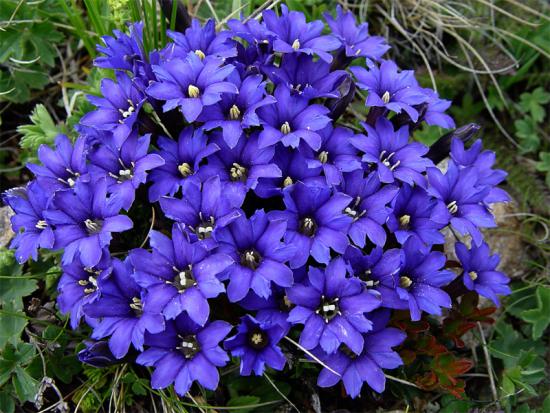
It is especially widespread in cosmetology (a wide selection of gentian-based tonics). To increase appetite, one tbsp. a spoonful of dry and ground root is poured into a deep container and filled with 250 milliliters of water and simmered for 10 minutes over low heat. This decoction is used 20 grams 15 minutes before meals. Now you know the features of caring for gentian. We hope that our article will help you in growing this interesting flower.

